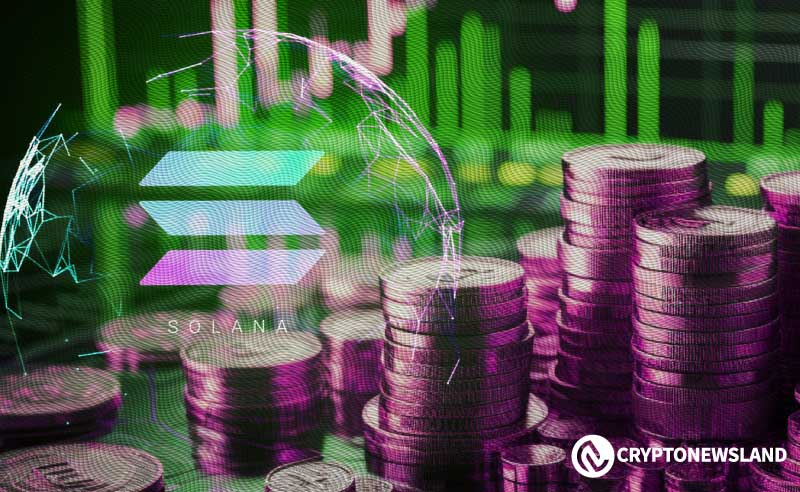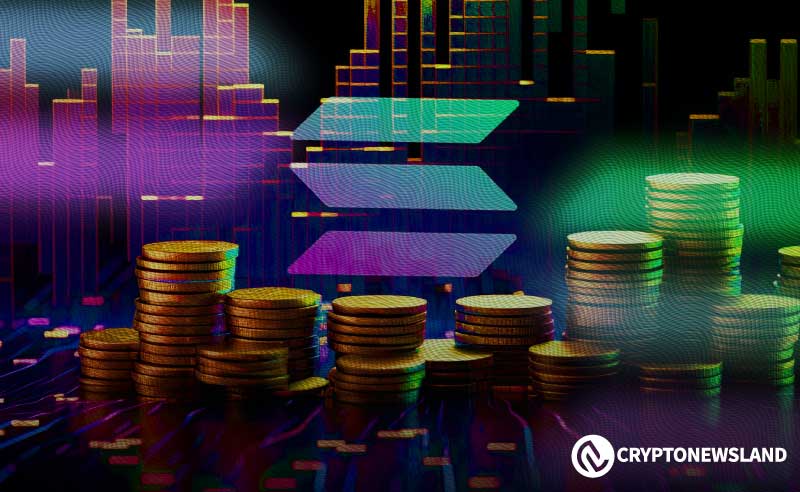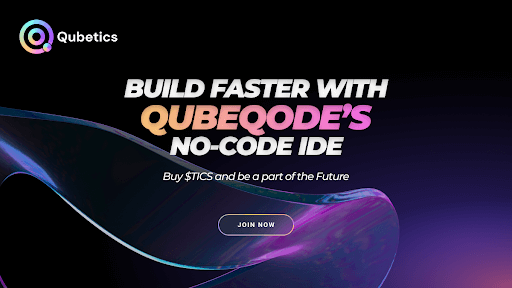- Solana’s limited client diversity and high bandwidth needs make it less reliable than Ethereum, limiting its global appeal.
- Frequent outages on Solana’s network raise trust issues, while Ethereum’s strong fallback mechanisms ensure consistent uptime.
- With 98% of SOL tokens held by insiders, Solana’s economic centralization undermines investor confidence compared to Ethereum’s fairer distribution.
Ethereum stands tall as the backbone of the emerging global financial system. Its strategy to support Layer 2 (L2) solutions has positioned it as the leader in blockchain technology. Consequently, Ethereum’s framework is gaining widespread recognition.
Meanwhile, Solana, which recently enjoyed a surge in popularity, now faces challenges. Despite some claims that it could pivot to a similar backbone model, Solana lacks essential qualities for such a role.
The Core Issues with Solana
Firstly, Solana’s client diversity is alarmingly low. It has only one production client, Agave Rust. This lack of diversity poses significant risks. Without multiple independent clients, the network remains vulnerable to attacks and operational failures. In contrast, Ethereum operates with four diverse clients. This diversity ensures resilience and reliability, which are crucial for a global backbone.
Moreover, Solana’s high bandwidth requirements hinder its scalability. The platform recommends a minimum upload speed of 10Gbps, making it impractical for many regions. Hence, this centralization of requirements limits accessibility. A successful global backbone must be versatile and able to operate in various environments.
Additionally, Solana has experienced multiple outages. Its protocol lacks Ethereum’s robust fallback mechanisms. This vulnerability raises concerns about Solana’s reliability. In the financial world, a network must maintain consistent uptime to build trust.
Economic Centralization and zk Proofs
Furthermore, Solana’s economic decentralization is highly questionable. Approximately 98% of SOL was allocated to insiders during its token generation event. This centralization diminishes investor confidence. In contrast, Ethereum distributed 80% of its tokens publicly, fostering a broader economic base.
Lastly, the emergence of zk proof aggregation for L2 settlement enhances Ethereum’s position. It allows numerous chains to settle securely without compromising decentralization. Solana’s focus on execution scaling does not align with this trend. This misalignment further diminishes Solana’s prospects as a global backbone.
disclaimer read moreCrypto News Land, also abbreviated as "CNL", is an independent media entity - we are not affiliated with any company in the blockchain and cryptocurrency industry. We aim to provide fresh and relevant content that will help build up the crypto space since we believe in its potential to impact the world for the better. All of our news sources are credible and accurate as we know it, although we do not make any warranty as to the validity of their statements as well as their motive behind it. While we make sure to double-check the veracity of information from our sources, we do not make any assurances as to the timeliness and completeness of any information in our website as provided by our sources. Moreover, we disclaim any information on our website as investment or financial advice. We encourage all visitors to do your own research and consult with an expert in the relevant subject before making any investment or trading decision.



